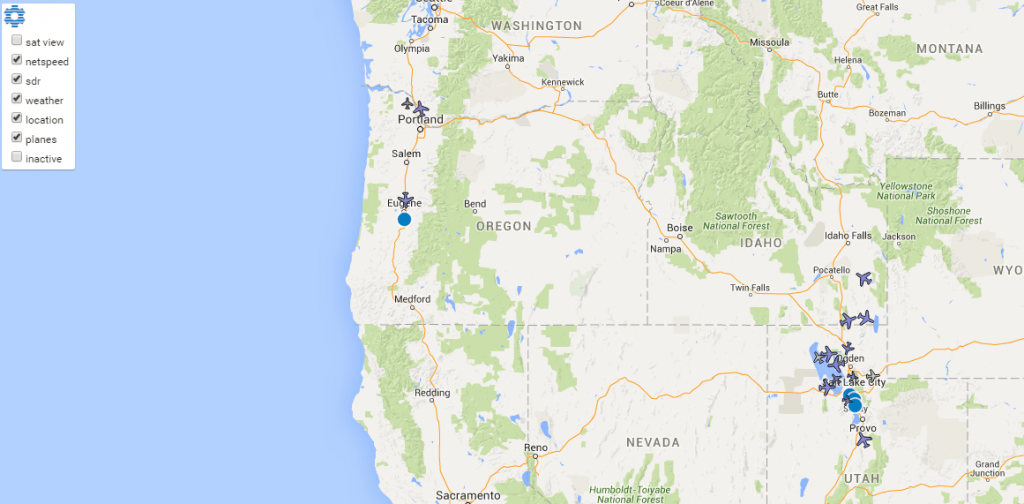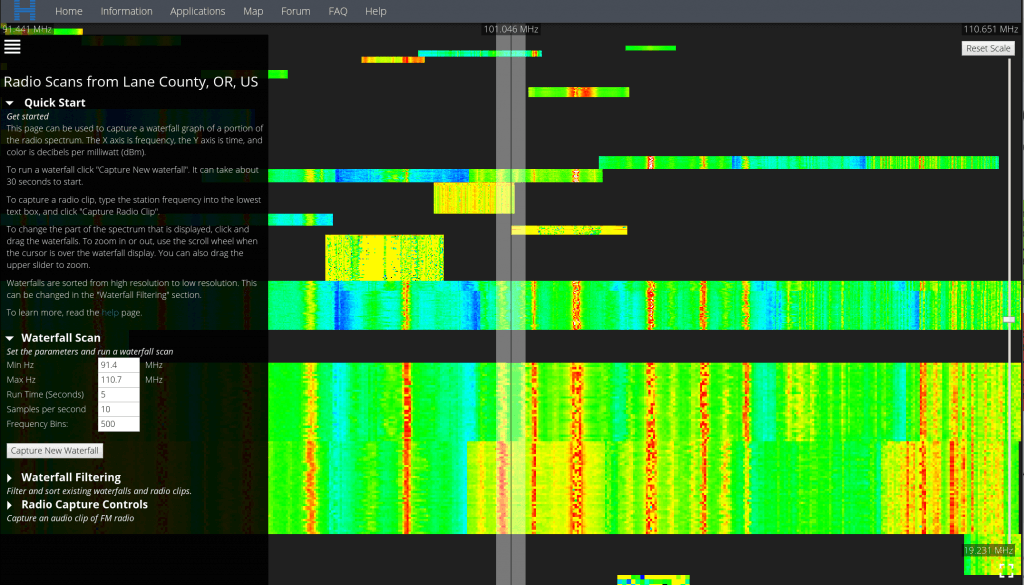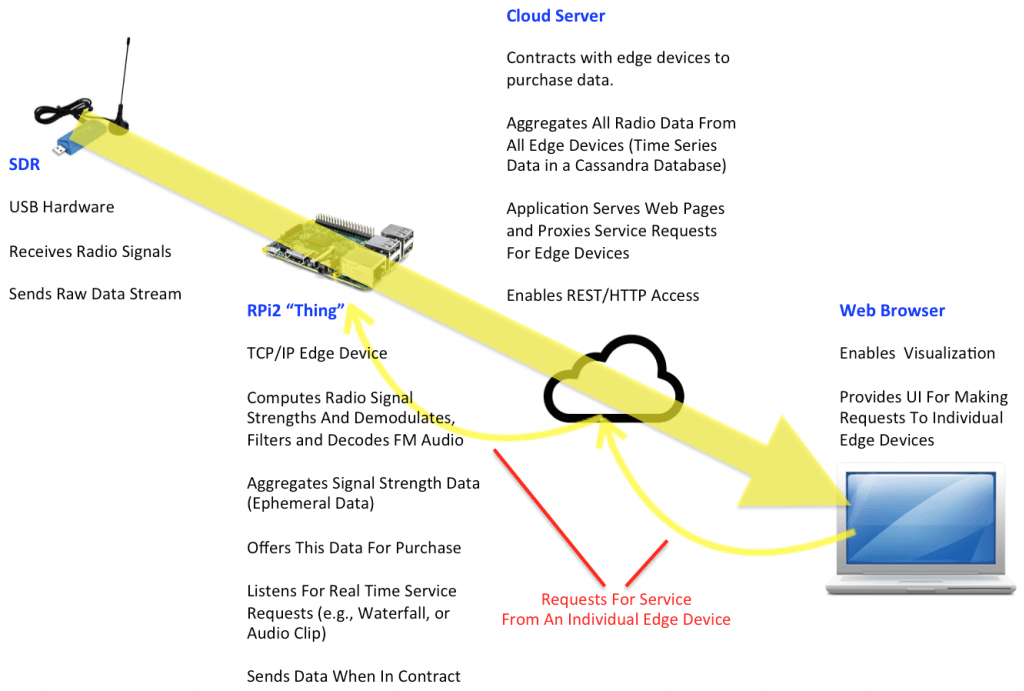IBM’s Horizon Decentralized Autonomous Edge Compute using RTL-SDR
IBM’s “Horizon” is an Internet of Things (IoT) networking technology based on decentralized peer to peer technologies that are already used in successful apps like BitCoin and BitTorrent. It works by using a Horizon app which accesses your local data and sends and receives data from the Horizon P2P system. Currently Horizon is an experimental project, but they already have up and running two proof of concept projects that utilize the RTL-SDR.
In their first RTL-SDR based proof of concept demonstration they show how they have used the RTL-SDR to create a decentralized Horizon based ADS-B aircraft tracker which runs on a Raspberry Pi 2. A Horizon user can contribute data to the cloud and the data will be aggregated from users all over the world to create a complete map of aircraft. To see data from current contributors go to bluehorizon.network/map/.

The second RTL-SDR based proof of concept is a radio spectrum analysis application which scans the spectrum from 24 MHz to 1.75 GHz and sends the waterfall data to the cloud. This also runs on the Raspberry Pi 2. You can contribute spectrum to the cloud and you can also search the cloud for a device anywhere in the world that will allow you to listen to its RTL-SDR server. Currently the implementation allows you to view the waterfall of a remote RTL-SDR server and capture a 30 burst of audio from any frequency.

To try the radio spectrum app on a real server go to bluehorizon.network/map/, click the cog icon in the top left and deselect everything but the ‘sdr’ check box. Then search the map for an SDR (there are only contributors in the USA and one in Germany at the moment), click on the blue dot, and select the radio tower icon that pops up. In the new screen you can use the mouse wheel and click and drag on the mouse to move the frequency. You can use the capture waterfall and Radio capture buttons on the left menu. After clicking the button the job will take a few seconds to run and complete.
It will be an interesting future when SDRs all over the world are accessible on the cloud and this could lead to many new interesting applications. Apart from RTL-SDR based applications, they are write about using Horizon to share weather station data, and to measure internet network speed.

I don’t think it is all that important what IBM is trying to develop , it’s that this big company has taken note of the RTL-SDR and trying different things with it . I wonder if the people that developed the dongle are the same people that manufactured it ???????? Anyway I wonder if they had any idea that it would turnout to be this universally useful ?????????????? After all , it was to let you watch TV on your computer . Well I think the people that brought RTL-SDR dongle into the world should get a big AT A BOY for what they did .
So they made something identical to Fightaware usb prostick, then made a sight that is a poor substitute for planefinder.net, flightaware.com, etc. and then did something like websdr.org. I expect much more from a company with IBM’s resources and sophistication. This is stuff the community basically voluntarily developed already. Go big blue.
Remember this is all proof of concept work at the moment, and they are mainly testing out their peer to peer backend which is the main innovation. It seems to be a system that will allow you to share any IoT data on the cloud without the need for a central server (except for aggregation of data and providing an interface to directly connect to other users ‘things’). So the same P2P back end can be used to share ADS-B/AIS/Trunking/Spectrum etc data, instead of having many different centralized websites for different applications.
The difference between a “Peer-to-peer” backbend and a typical replicated server in the cloud is not clear from the article. Neither are the advantages or disadvantages from that well known architecture. As far as proof of concept, I don’t recognize anything new from the article descriptions. For a company like IBM, I expect fundamental breakthroughs, not “me toos”.
a ‘/’ is missing after ‘https://bluehorizon.network/map’
directs to 404 otherwise
Heh funny that the slash is a requirement. Thanks, fixed it up now.